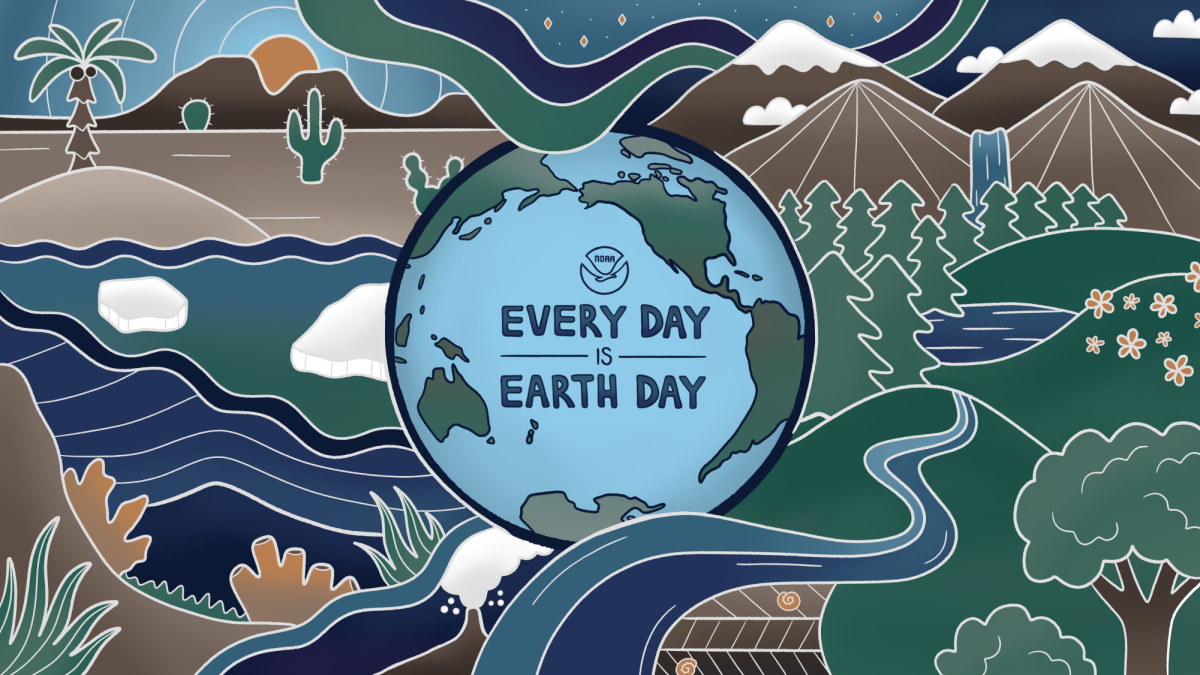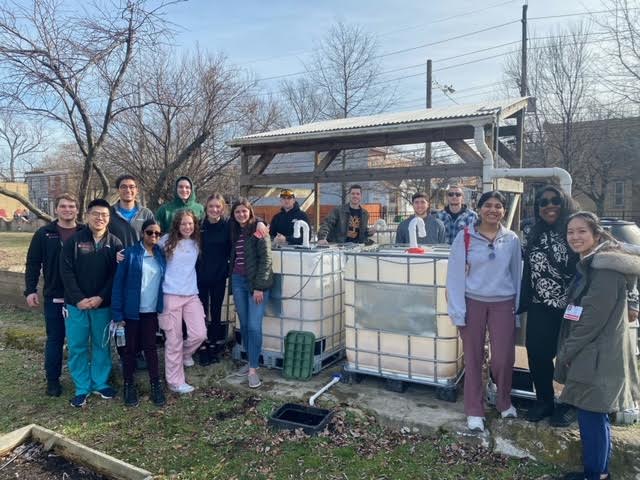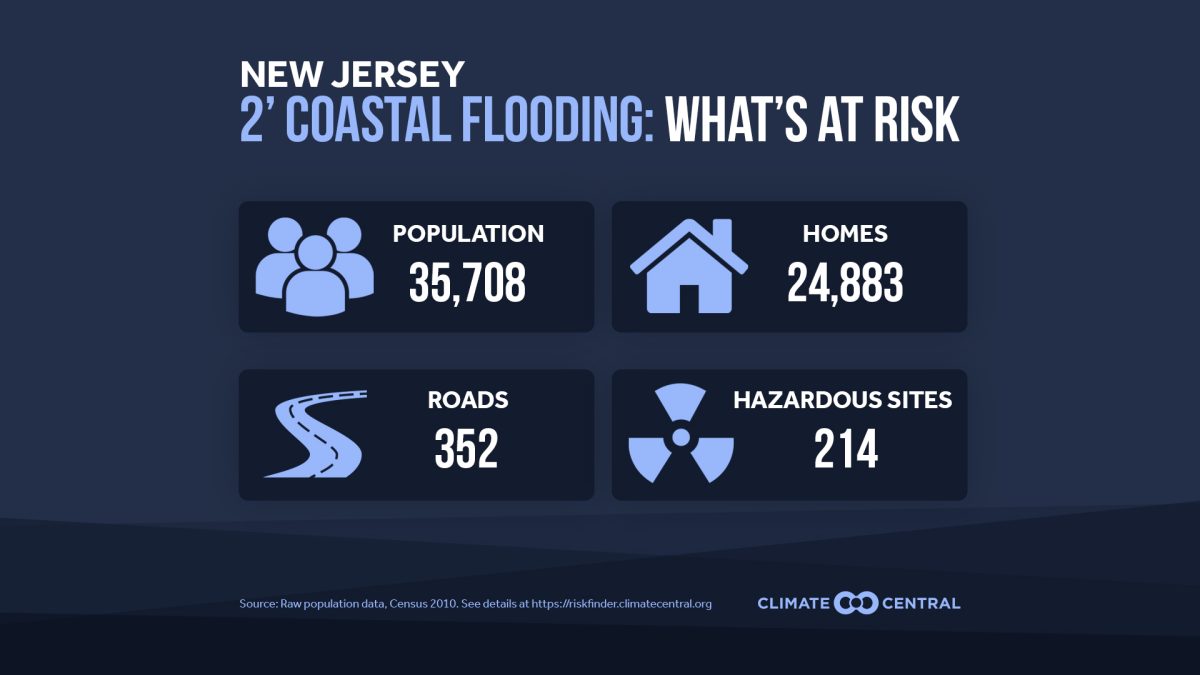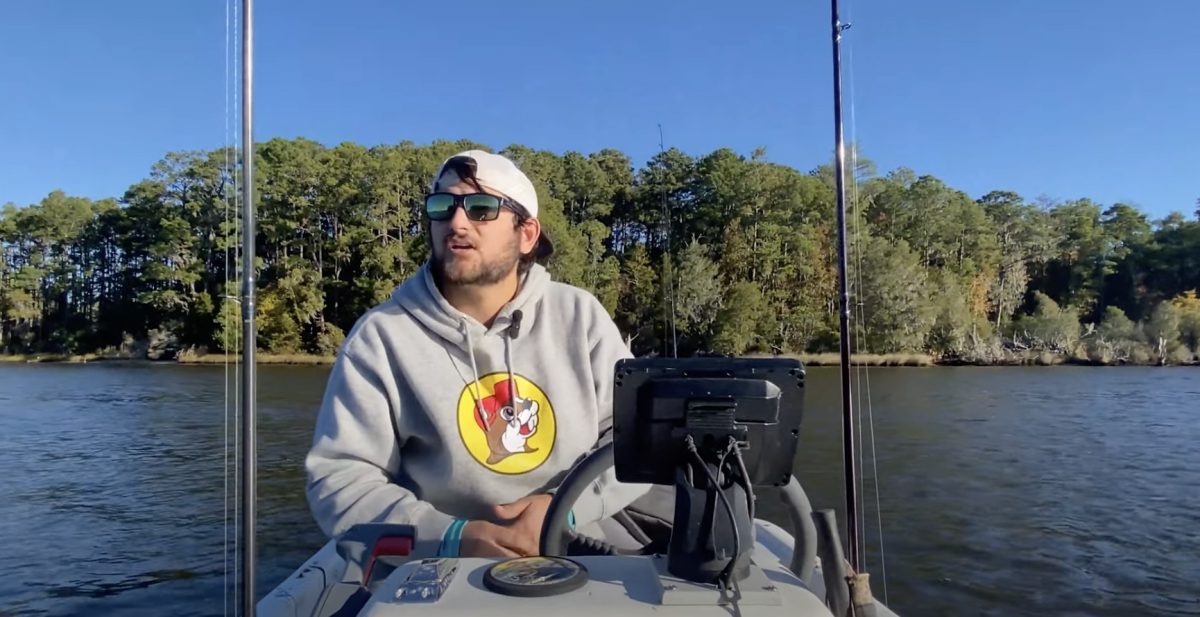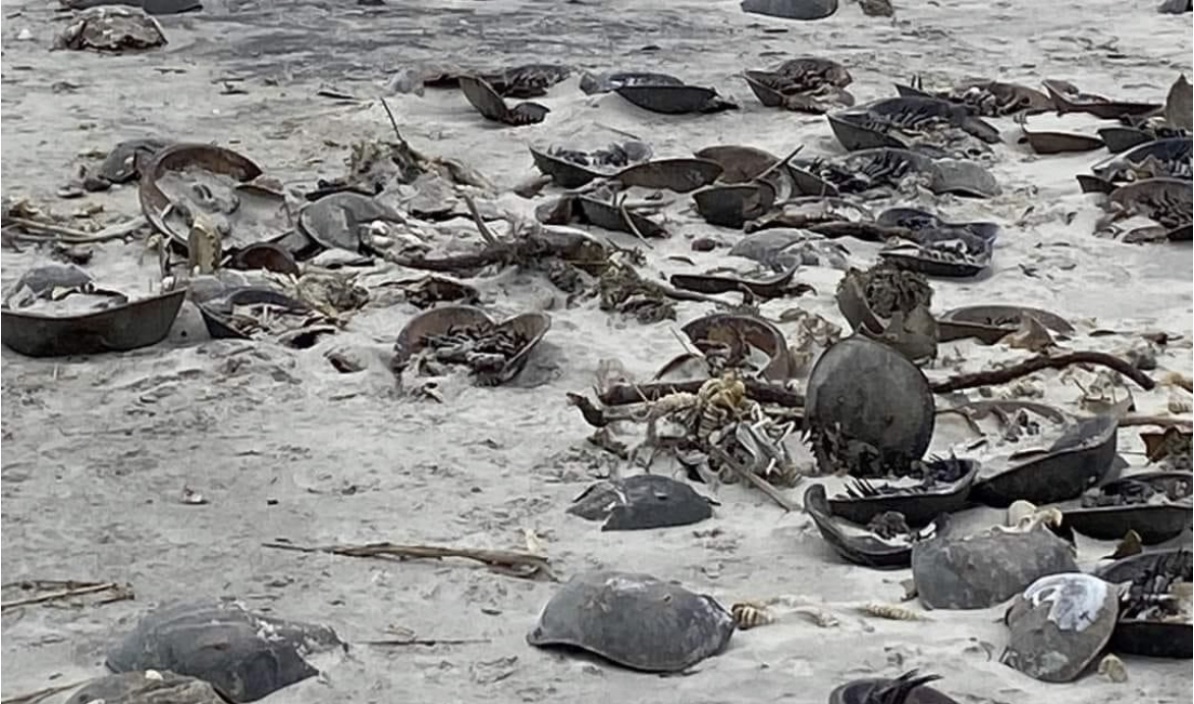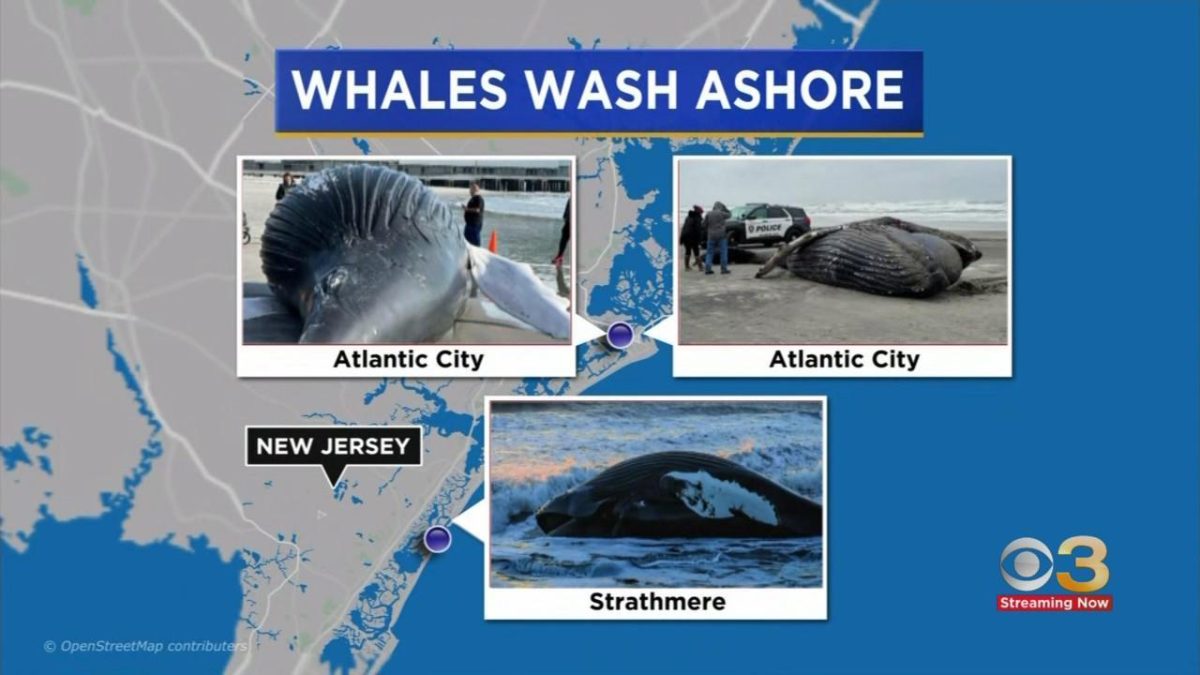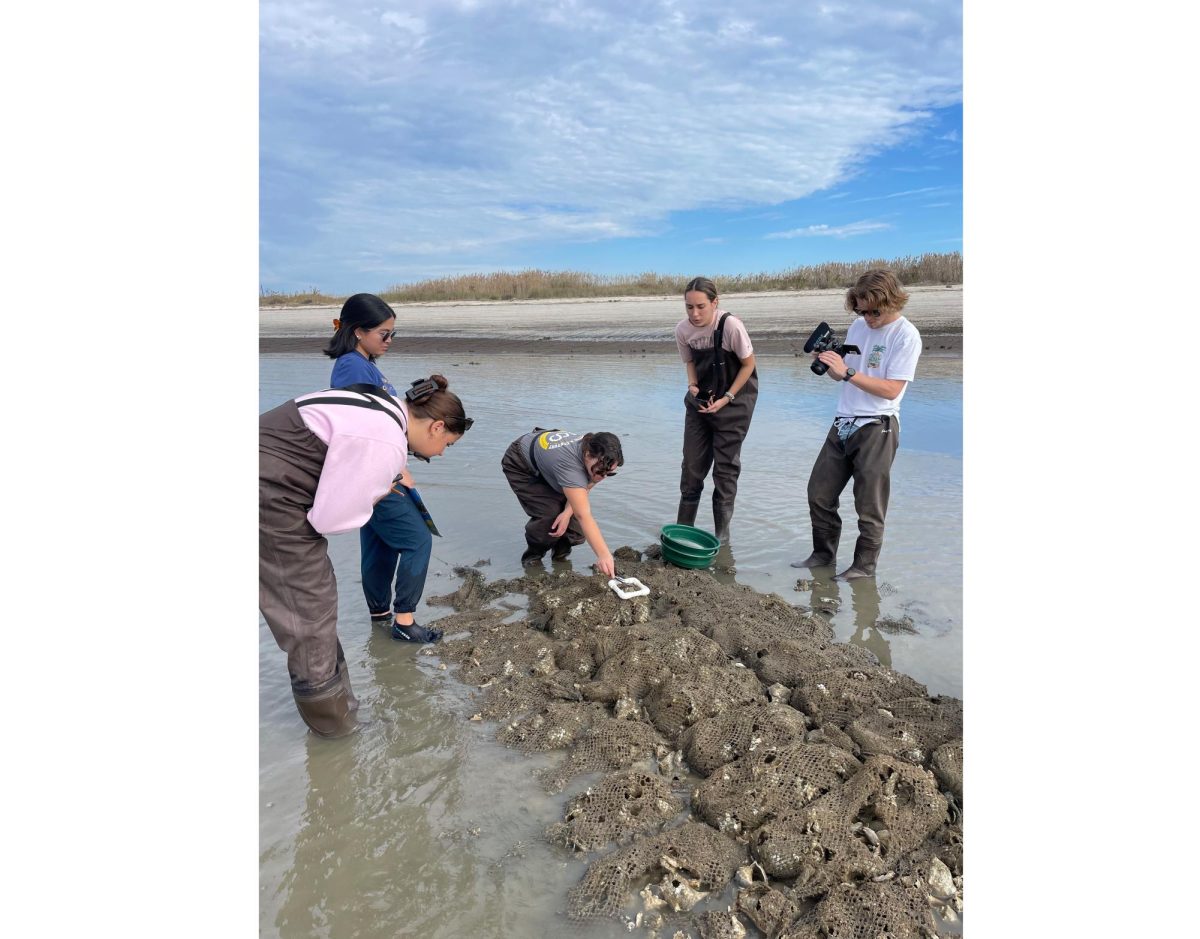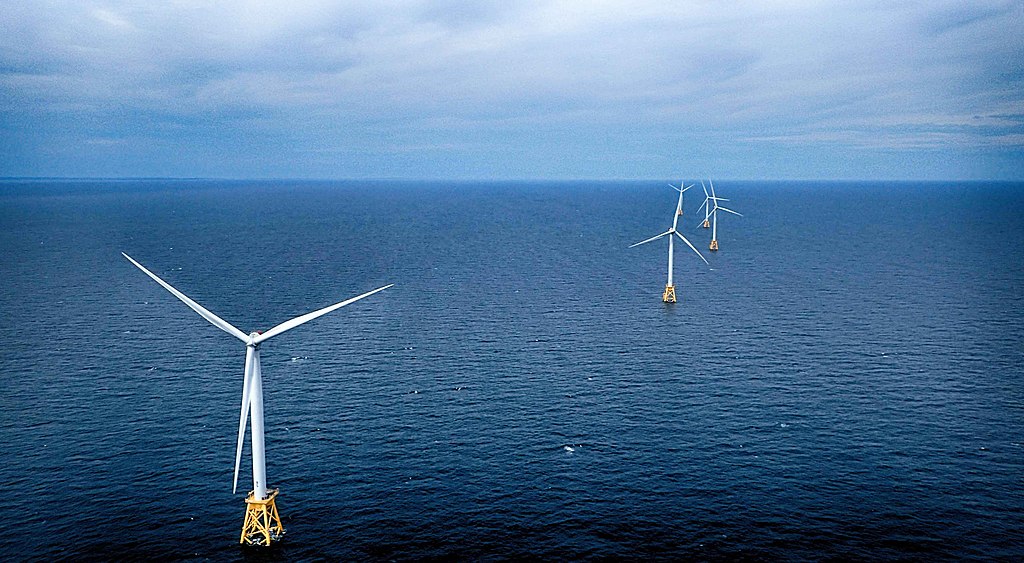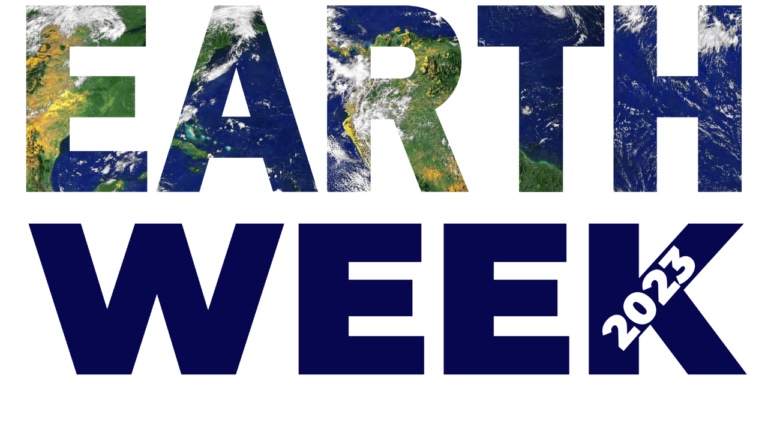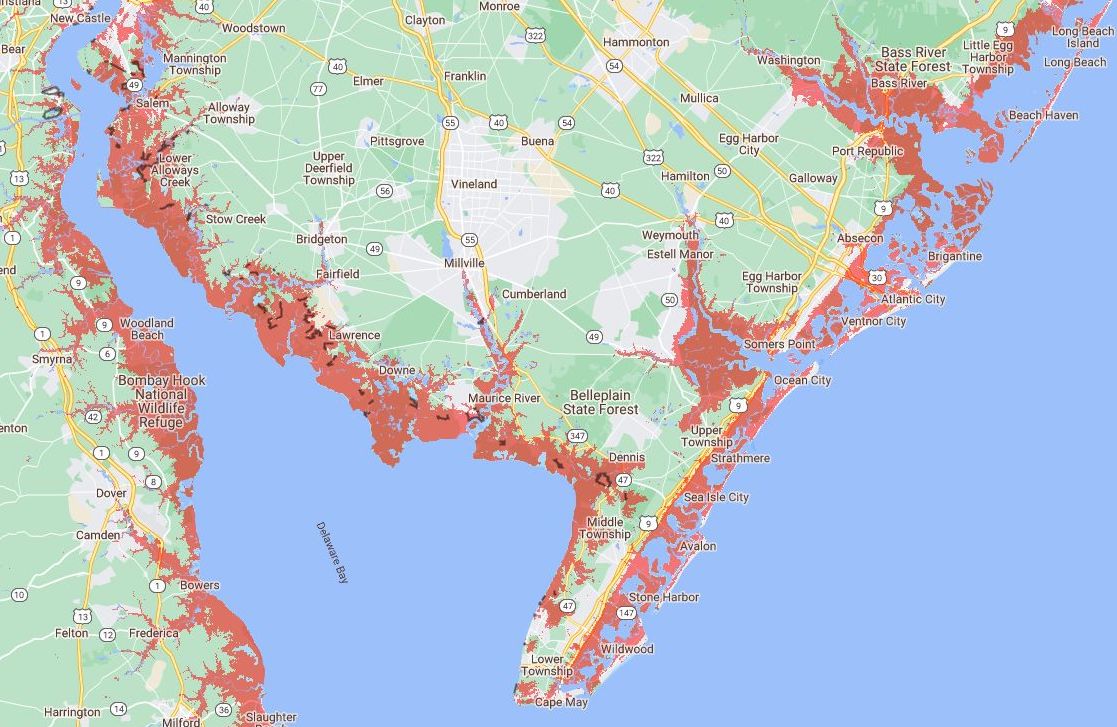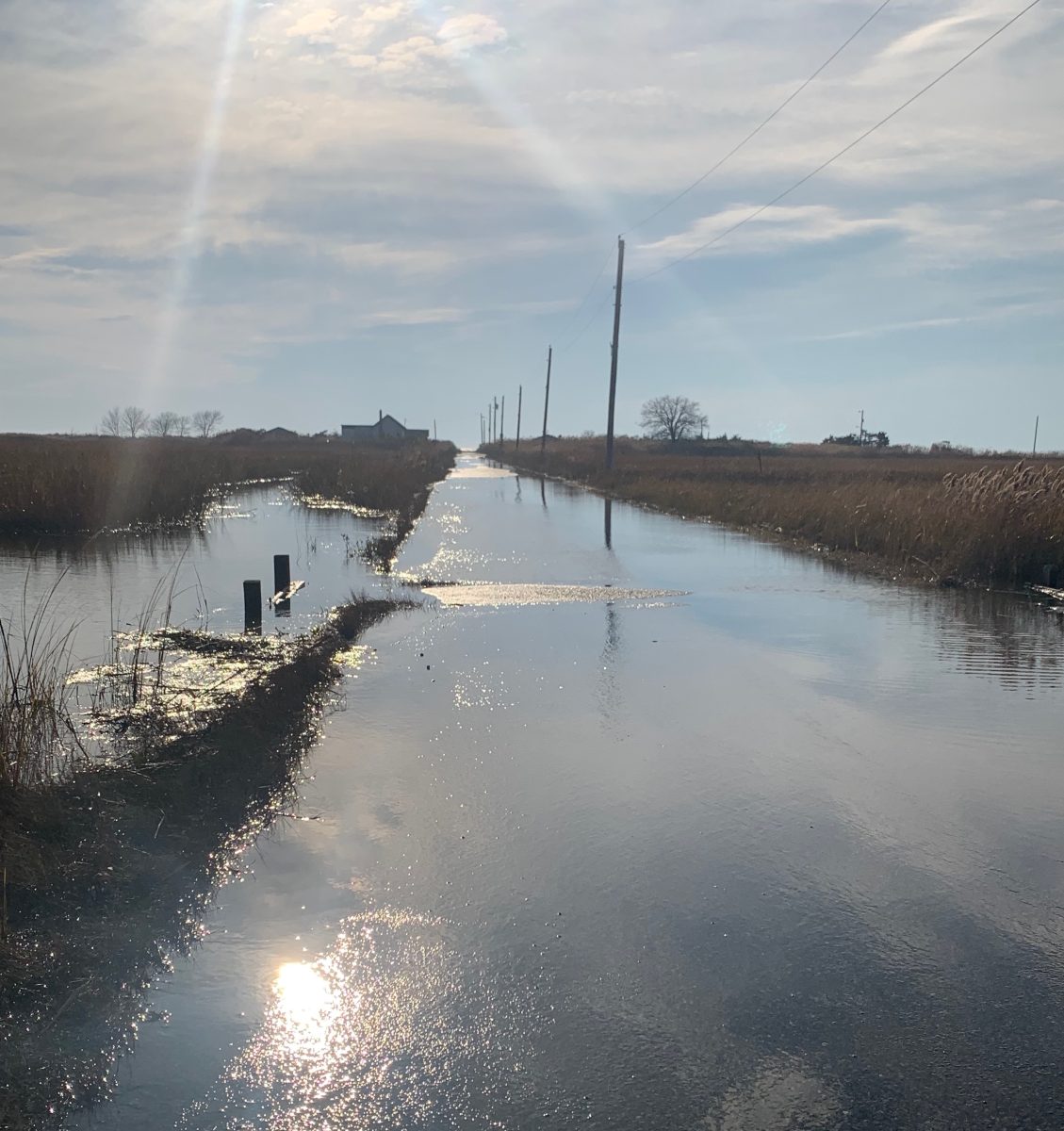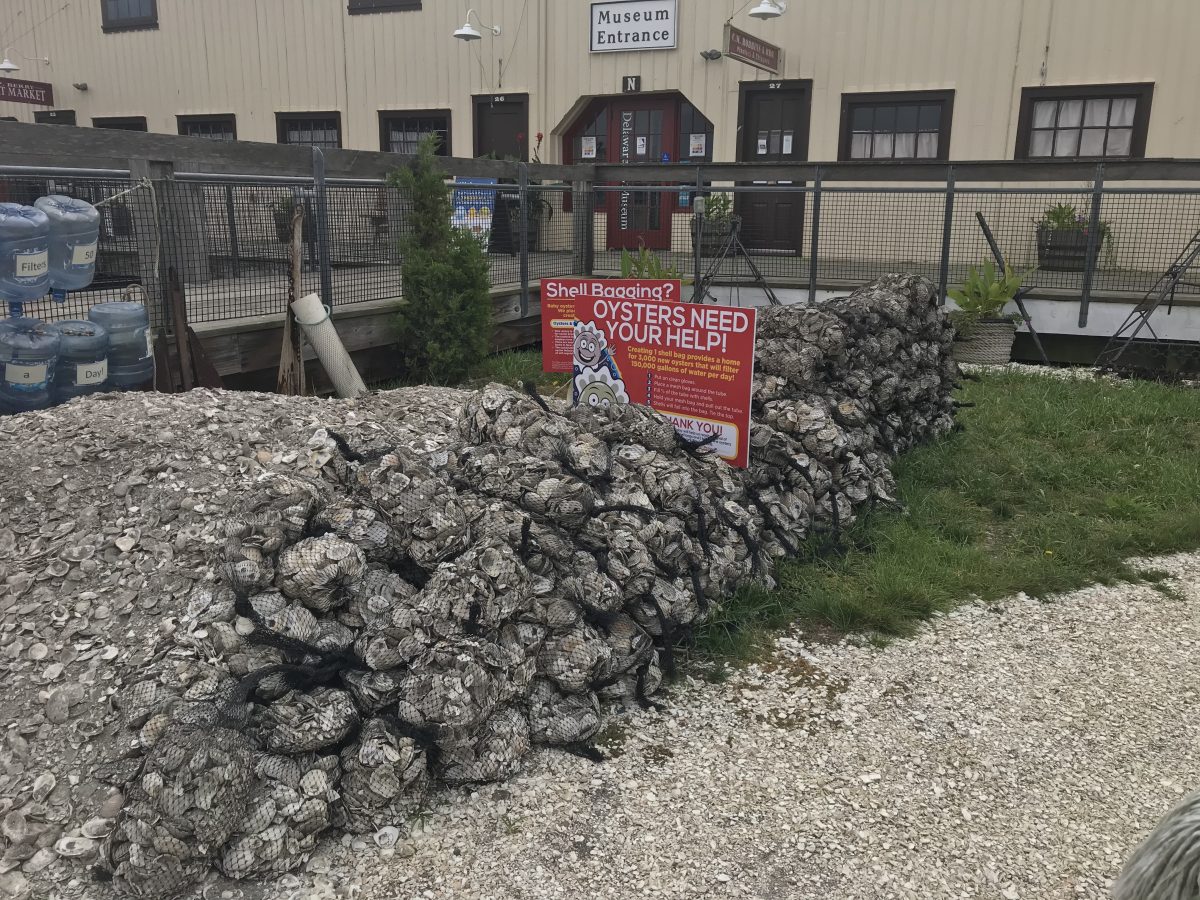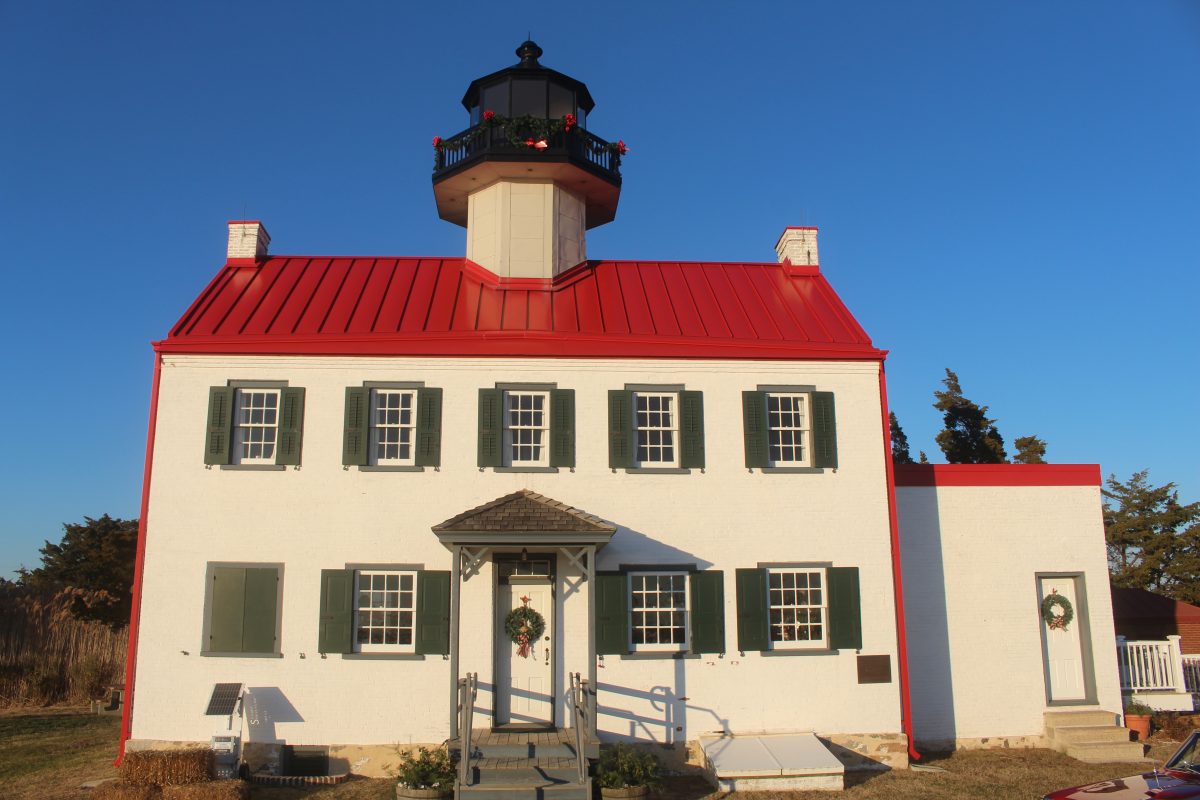OCT 14, 2020
As sea levels rise, coastal flooding is happening more often and in more places at once.
New analysis shows that coastal flooding is not only happening more often, it is striking more places at once. Analyzing hundreds of hourly tide gauge datasets from NOAA, the oldest of which dates back before 1950, Climate Central scientists found an increasing trend in the annual maximum number of tide gauges concurrently measuring flood-stage water levels. Further, the analysis found that September 22nd set a September monthly record for the number of concurrent coastal floods, with flood-stage water levels recorded at 84 currently active coastal tide gauges around the U.S.
This week, the National Oceanic and Atmospheric Administration (NOAA) is predicting higher than normal or “King” tides, raising the risk of coastal flooding. These king tides are the result of the confluence of warm, expanding ocean waters during the fall, seasonal changes in winds and currents, and a perigean spring tide (the higher-than-normal high tides and lower-than-normal low tides that occur when the moon is at the closest point to the Earth in its orbit and there is a full or new moon).
King tides do not always cause coastal flooding, but they raise the risk—and sea level rise elevates the risk even more. The combination of higher than normal tides and sea level rise means that several locations along the West, Northeast, and Southeast coasts are predicted to exceed the high tide flooding threshold because of tides alone—no storm or rainfall needed.
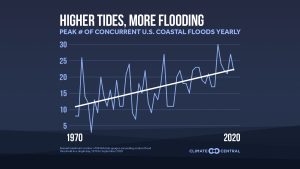
Sea level rise has made this type of coastal flooding, often referred to as “chronic,” “nuisance,” or “sunny day” flooding, increasingly common. High tide flooding has doubled in frequency since 2000, and could double again, or even triple, by 2030.
Even low levels of flooding can have serious consequences for coastal communities. Climate Central analyzed the threat to people, property, and infrastructure at risk from a two-foot flood above the high tide line, a typical minor flood according to NOAA thresholds. We found that nearly half a million people live on land at risk from a two-foot flood in the United States. About a third of this population is ranked high on the social vulnerability index. This index identifies communities that may need assistance in preparing for or recovering from disasters due to socioeconomic factors like poverty, lack of access to transportation, and crowded housing.
Vital infrastructure, including 5,303 miles of roads, 32 public schools, 69 hospitals/medical facilities, 19 power plants, and 109 passenger rail stations are also at risk from a two-foot flood. Compounding the potential damages from flooding, contamination risks, including 795 hazardous waste sites, 62 sewage plants, and 17 brownfield sites sitting on land less than two feet above the high tide line, can make flood waters dangerous to human health.

